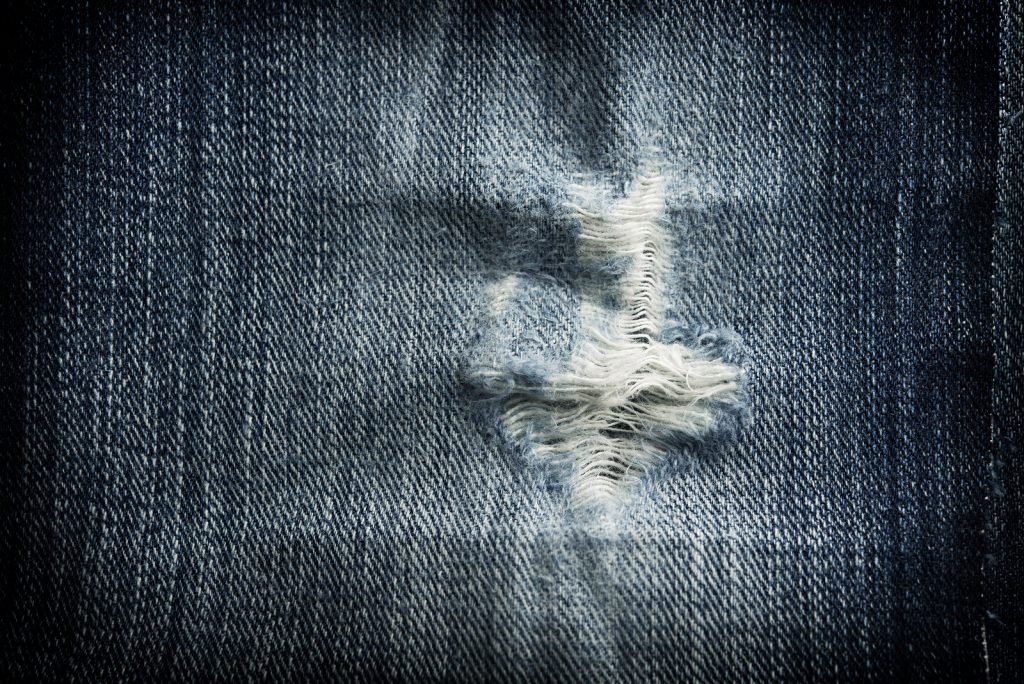Recycling clothes is one of the many ways in which textiles find a new lease of life – others include recycling carpets, curtains and other soft furnishings, as well as clothing accessories like bags.
But when you throw out an old item of clothing, where does it end up? It often depends on what condition the garment is in, and actually the most wasteful of fashionistas typically produces the easiest to use clothing waste.
Multiple recycling opportunities
First of all, it’s worth recognising that there are several different ways to dispose of used clothing – and for many people, sending it to a charity shop is the obvious choice. Here it is sorted, and if it is still wearable, washed and sold to raise funds for the charity.
You might also sell your used clothing at a recycling centre, where you may be paid by the kilogram rather than any estimated market value for the garments you hand over.
Finally, there are direct recycling services such as the large clothing bins you see alongside bottle bins in the street, or commercial clothing recycling services for businesses, which may collect from your premises or require you to deliver quantities of fabric for processing.

Apart from the items sold in charity shops, all of these different methods can end up being used in the same basic ways, and again it depends on the condition of each item.
Wearable garments that would not find a buyer in the UK may be sent off to a foreign country, where they are either sold or handed out by charities to people who would otherwise find it difficult to afford clothing – a direct reuse of garments in their original form, with clear benefits for the local population.
The argument against this says that imported used clothing lowers the value of locally produced and locally sold clothes, although if they are only given to people who are too poor to buy clothes anyway, the positives probably outweigh any perceived negatives.
End-of-life garments

If the garment is ripped, falling apart at the seams, stained or faded, or unwearable for any other reason, then it will typically be recycled in another way – which is why those people who throw away clothes after just a few outings are more likely to fuel the reuse market, whereas those of us who wear clothes until they are ‘worn out’ will probably hand them over needing to be fully recycled.
These end-of-life garments can be shredded to produce rags or scraps of fabric, which in turn can be used as stuffing for toys and upholstery, or in insulation materials.
Some material will be processed more intensively – and by shredding it down into its individual fibres, this can be blended with fresh fibres before being spun into new yarn.
This typically doesn’t allow for 100% recycling, as new fabric must be introduced too, but it does mean the recycled fibres can be woven or knitted from scratch into something new – starting the usable cycle of the new clothing all over again.
